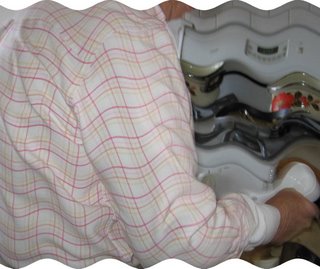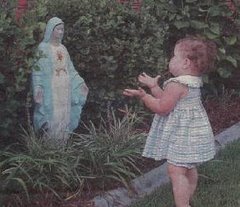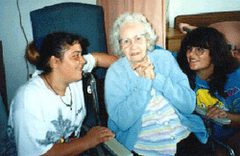Following Vatican II, all the Popes voiced Catholic teaching (rhetoric) but did not implement or advance it (action). Moreover, all the Popes of that era were silent on many, if not most, of the grave problems afflicting the Church. Only in a few instances did the Popes exercise their authority. Consequently, most local bishops believed they were emancipated from Papal interference, and looked instead to Modernist-controlled Bishops' conferences for leadership.
By the late 1980s, only one or two U.S. bishops were willing to clearly confront Modernism. A favorite often-told story is of the much arrested (for pro-life demonstrations) Auxiliary Bishop Austin Vaughn of
Church life declined precipitously over the forty-year period from 1969 through 2008. One small book of that time documents the statistical freefall of the Church, Index of Leading Catholic Indicators: The Church since Vatican II
Following Vatican II, a few loyal Catholics found relatively safe havens where good and faithful pastors resisted many of the modernist innovations. Beginning in the 1970s, the Society of St. Pius X established unapproved chapels which provided sanctuaries where loyal Catholics could sustain and nourish the faith of their fathers. The FSSP and other traditional orders provided additional havens for orthodox Catholics beginning in about 1990.
Most periodicals were taken over by modernist editors. A few new Catholic journals and newspapers were founded to encourage faithful Catholics to reject errors that undermined the Catholic faith. These small publications placed particular emphasis on Catholic doctrine, morals, and history. Perhaps the most important result was that isolated Catholics were informed of the existence of others who were similarly concerned about the problems in the Church.
As in the 16th Century, many older Catholics initially tried to follow the Faith of their Fathers in Vatican II Churches. Some saw no more reason for going to Mass as they saw decay after decay in their local Church and they died estranged from the Church. Older Catholics had been taught not to question local Bishops and priests. Consequently, they accepted faulty liturgical prayers and homilies, lack of reverence in the Mass, Communion in the hand and while standing, loss of Benediction and other devotions, etc.).
By the 1980s, the cancer had metastasized so that the entire Church was overrun with modernism—overwhelming and countless malignancies that could not be excised by however skillfully a hierarchial knife could be applied.









No comments:
Post a Comment